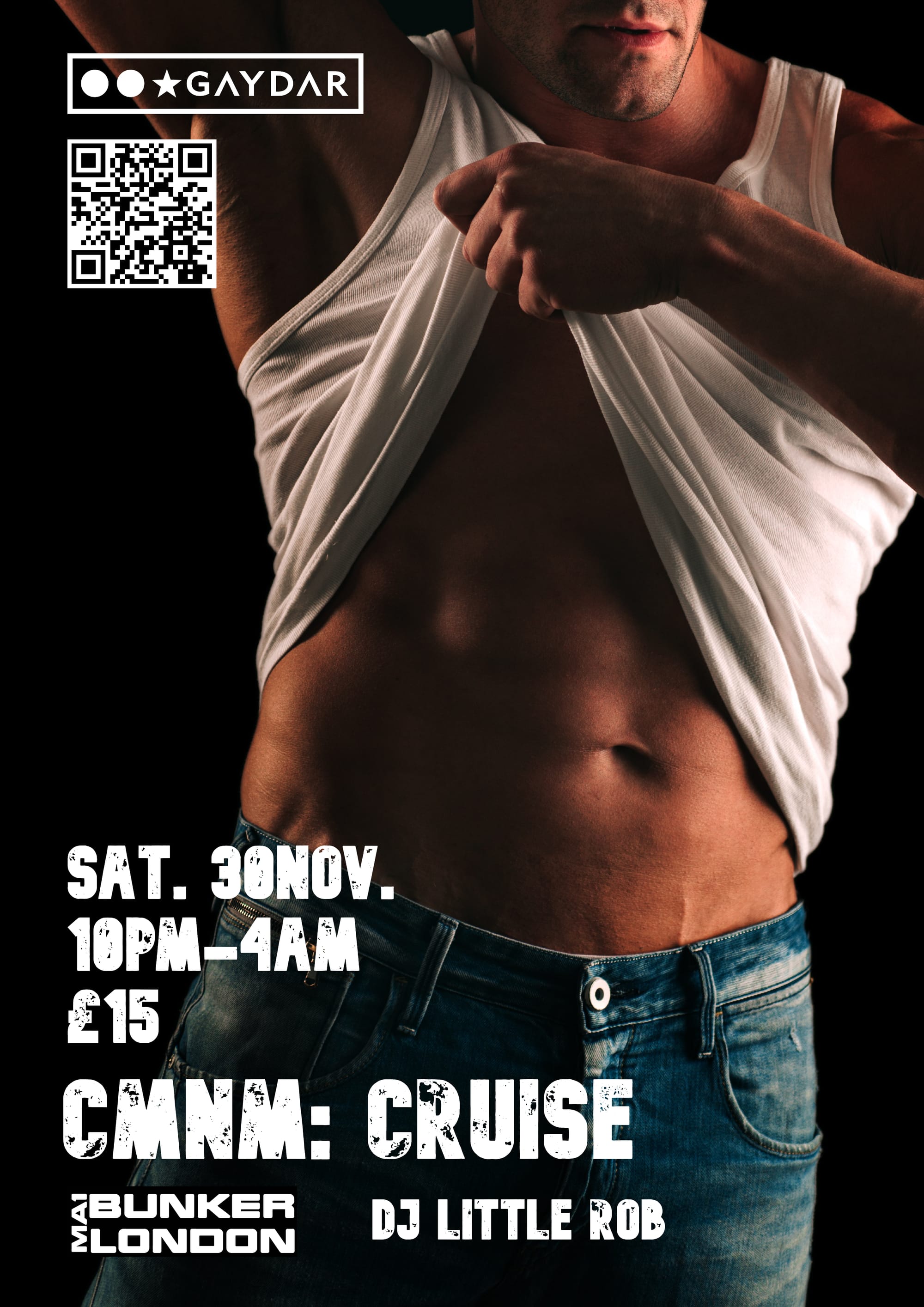What is pornography?
Let's get to grips with this important subject.

A fairly widely used definition of pornography is that it is the explicit depiction of sexual acts for the purpose of stimulating sexual arousal.
Sure, there’s plenty of variations within that genre – not everyone finds the same things stimulating or arousing – but even if what’s being depicted is something that doesn’t arouse you, it’s fairly straightforward to identify the intention.
Who can view pornography
Under UK law, there’s not a lot of logic to this.
While people can consent to engage in sexual activity from the age of 16 and above, the laws restrict access to pornography to those aged over 18.
Of course, the reality is that anyone who has access to the internet and can punch in a basic search query can view all sorts of content that is undeniably pornographic.
While we might have the legislation in place that can in theory prevent this from happening, we don’t have the mechanisms in place that can robustly restrict someone who is under the age of 18 from accessing porn on the internet.
Is porn harmful?
This really depends on who you ask.
Putting to one side the question of an age/access threshold, and also any debate about how porn is produced, if we look at porn in a vacuum, it’s difficult to see where the harm is.
Remember, when we’re talking about porn it’s the explicit depiction of sexual acts for the purpose of stimulating sexual arousal.
Maybe you’ve got a moral or a religious objection to the depiction of sexual acts, or the concept of sexual arousal, but that’s a different conversation.
Perhaps I’m over-generalising, but it seems fairly clear to me that sexual arousal is an essential part of our humanity. Sure, becoming sexually aroused is not exclusively dependent on the explicit depiction of sexual acts but it certainly helps. Pretty much every civilisation throughout history has demonstrated a penchant for creating explicit artwork of some kind – there’s nothing new about porn.
Some people describe their consumption of porn as an addiction. That’s not great, and if your usage of porn is disrupting your day-to-day life then you’re going to want to get some help with that. But that’s not the porn that’s causing the problem, it’s - at most - a symptom of other underlying issues that you need to address.
There are some studies that look at the type of porn being consumed. For example, analysis by the Chief Censor in New Zealand found that one-third of all pornography being watched depicts a fantasy of non-consensual sexual activity. This seems to correlate with concerns raised by women about how the consumption of porn by men has a negative impact on the quality of sexual encounters for straight women.
We clearly don’t have all the answers, but it suggests to me that while porn in and of itself is not harmful, if you’re approaching your sexual encounters – and life in general – from a slightly distorted perspective, then your consumption of porn may feed into that world-view.
For example, if you’re a straight guy, and your sense of identity isn’t particularly well-grounded, and you’re struggling to form meaningful relationships with women, then you’re potentially going to be more responsive to porn that makes you feel better about where you’re at – the fantasies that you’re going to respond to are those that lean into your perspective of the world. Porn isn’t causing that, but porn is part of that picture, and we can’t completely disassociate the production, distribution, and monetisation of porn from the people that are consuming that content.
What's the history of gay porn?
If you think of gay porn as the depiction of explicit sexual acts between men, then it seems that pretty much every civilisation has been at it throughout history. The Ancient Greeks had a particular flair for it, but anywhere that they used words and images, archaeologists seem to be able to uncover evidence that there was clearly an audience for some man-on-man action.
In today’s context, we’d probably classify some sexed up images on a vase as homoerotic art. Porn as we now know it began to emerge alongside the development of photography and film.
Gay porn – the early days
The first known porn film has been traced back to 1908 – it shows heterosexual sex. The earliest known gay porn film dates to 1920 – a French film, Le ménage moderne du Madame Butterfly.
The Surprise of a Knight is believed to have been the first gay porn film made in the US – it was released in 1929.
Censorship laws meant that the production and distribution of gay porn had to be done discretely.
The physique magazines and films of the 1940s and 1950s – which featured naked men in bodybuilding poses – were a camouflage to avoid prosecution under the US obscenity restrictions.
During the late 1960s and early 1970s, the availability of 16 mm film cameras enabled the production of underground movies that featured men in solo scenes and explicit encounters. These were generally sold and distributed through mail-order.
There was a cross-over between porn and art during this period – Kenneth Anger’s Scorpio Rising (1963), Andy Warhol’s Blow Job (1963) and My Hustler (1965), and Paul Morrissey’s Flesh (1968) are examples of experimental films that were influenced by the gay porn subculture and in themselves influenced what was possible to create with gay porn films – encouraging a stronger focus on production values and narrative.
As the US slowly liberalised its censorship and obscenity laws in the 1970s, gay porn began to flourish and became increasingly commercialised.
Wakefield Poole’s Boys in the Sand – starring Casey Donovan – is recognised as the first gay porn feature film. It had a cinema release in New York City in 1971 and was a commercial success.
Adult cinemas that played gay porn became an intrinsic part of gay life at that time – a hot-bed of cruising and hook-ups.
The era of video
The rise of video – and the widespread adoption of the VCR for home-viewing – in the 1980s transformed the gay porn industry.
The lower cost of production and distribution led to an exponential growth in gay porn.
Films were released directly to VCR for home-consumption, which led to the demise of adult cinemas.
The video era ended with the emergence of the internet. It’s believed that one of the main drivers of the growth of the internet was a demand for porn. As porn became increasingly available on the internet – steadily increasing in quality and available formats – there was no longer any mail-order demand for VCRs.
Most porn studios struggled to adapt to the economics of how to distribute and monetise porn on the internet. Users quickly became accustomed to being able to access porn for free via the internet, becoming increasingly reluctant to pay for porn.
HIV and porn
The emergence of HIV accelerated the demise of public spaces where gay men could have sex. Porn became something that you watched at home, usually alone.
Masturbation was a safe sex strategy.
Condoms became a standard requirement for all porn scenes.
Porn scenes all seemed to follow a fairly standard format, and featured guys that all pretty much looked the same – young, hairless, white, and athletic.
Bad boys of bareback
By the late 90s, porn was starting to explore some of the gay subcultures that had emerged. One of the most visible – and controversial – was the fetishisation of sex without condoms, known as bareback sex.
This was before PrEP and before U=U. HIV was still a major health crisis and the virus was being transmitted through sexual contact.
For men who had already acquired the virus, a celebration of bareback sex was a way of reclaiming their power – a sex-positive way of embracing the freedom from fear of ‘catching’ HIV.
In particular, cum was fetishised and celebrated.
Studios such as Treasure Island Media and SX Video quickly built a strong following as bareback sex presented a dramatic alternative to a seemingly sanitised world of condom porn.
U=U and PrEP
In a world where transmission of HIV can be controlled through U=U and PrEP, ‘bareback’ porn – porn without condoms – has now become the standard. It seems fairly clear that there is no longer a market for porn scenes where the performers wear condoms.
Cum play and cum fetishisation remains a feature of a lot of porn, including a celebration of cum-dumps who receive multiple loads of cum in gang-fuck and group sex scenes.
Fan subscription
One of the biggest transformations in gay porn in recent years has been the emergence of fan-subscription platforms such as OnlyFans and JustFor.Fans.
These platforms enable performers to film and distribute their content directly to fans who subscribe to their channel.
This creates opportunities for performers to work autonomously from studios, and creates an alternative distribution system to the main studio operators.
What porn is illegal in the UK?
When it comes to porn, different parts of the UK are covered by different pieces of legislation. For England and Wales, the Obscene Publications Act is the relevant legislation.
One of the challenges with the Obscene Publications Act is that it’s pretty vague. Effectively, it makes it an offence to own or distribute content that is ‘obscene’ but it doesn’t define what ‘obscene’ means.
To help try and clarify matters, the Crown Prosecution Service – the body that brings charges and seeks a conviction under the terms of this Act – published some guidelines to describe the sort of content that could lead to a prosecution under the Obscene Publications Act.
The guidelines specified that as well as acts that were in and of themselves illegal – such as bestiality – obscene content was also considered to include acts that were not illegal. It’s not illegal for consenting adults to engage in things such as sadomasochism, bondage, or urinating on each other, but according to the Crown Prosecution Services these could be considered obscene – that means that under the scope of this guidance, owning or distributing content that depicted these activities could be prosecuted as an offence. Penalties could include jail time. In this context, ‘distributing’ could be as simple as sending a video to another person through a private message.
The Crown Prosecution Service has now removed all of the examples that it had previously listed within its guidance. The updated guidance now focuses on what sort of content is unlikely to be considered an offence under the Obscene Publications Act.
Under the terms of this updated guidance, you’re unlikely to be prosecuted for owning or distributing content if it features consenting adults and it’s clear that the people featured are adults and are consenting, where no serious harm is caused, where there is no criminality involved, and if the likely audience is not under 18 years of age.

The NSFW edition
If you want to admire some man-on-man action, our NSFW edition gives you every inch.
Sign in and check out our NSFW content - it's free!

VIP Offers - exclusive to Means Happy subscribers!
Sex up your life with these member-only deals.

How's Your Gaydar?
Connect with guys near you.
















